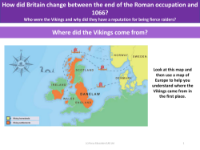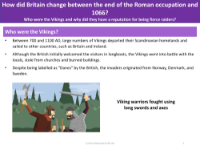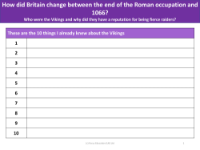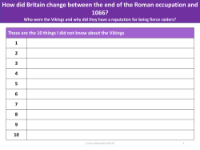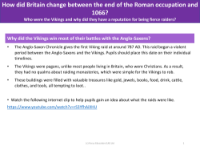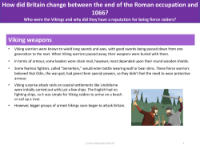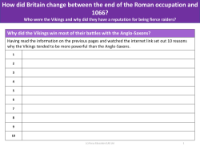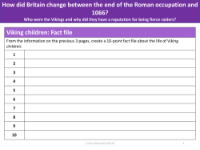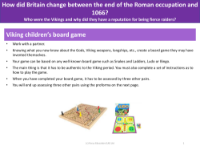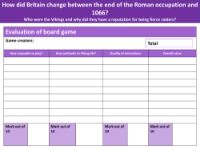What was life like in Viking Britain? - Info sheet
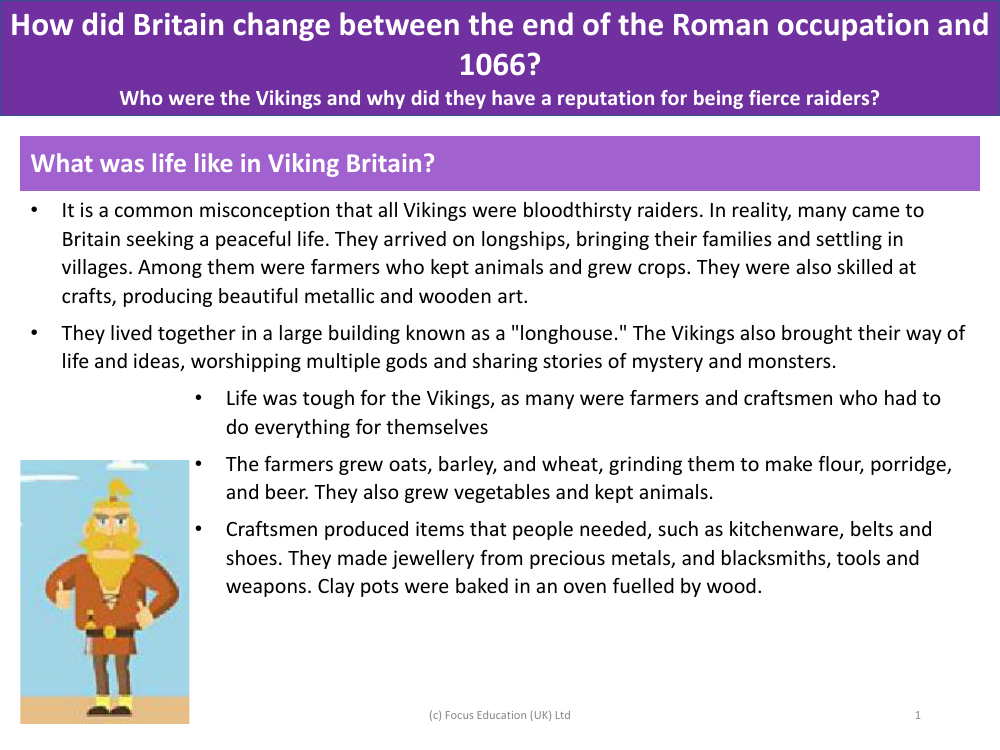
History Resource Description
Life in Viking Britain was multifaceted and not solely defined by the image of bloodthirsty raiders that is often portrayed. Many Vikings who made the journey to Britain were in fact seeking a peaceful existence. They arrived on their iconic longships, not just as solitary warriors, but with their families, with the intention of settling down in villages. These new British inhabitants were predominantly farmers, tending to animals and cultivating crops such as oats, barley, and wheat, which they processed into flour, porridge, and even beer. Vegetables also featured in their agriculture, and livestock was an essential part of their farming practice. Aside from farming, the Vikings were adept craftsmen, creating both functional items like kitchenware, belts, and shoes, and decorative pieces such as intricate jewellery. Blacksmiths forged tools and weapons, while potters crafted clay pots in wood-fuelled ovens.
The Viking household was centred around the longhouse, a large communal building constructed from wood or stone, and topped with a thatched or turf roof. This structure served as a home for the entire family, including their animals, resulting in a crowded and likely odorous living space. Despite the lack of modern conveniences such as a bathroom, the Vikings maintained personal hygiene by washing in wooden buckets or natural streams and utilised a cesspit outside the home for waste. The longhouse, with its single room shared by humans and animals alike, was a testament to the communal and hardy nature of Viking life in Britain.


